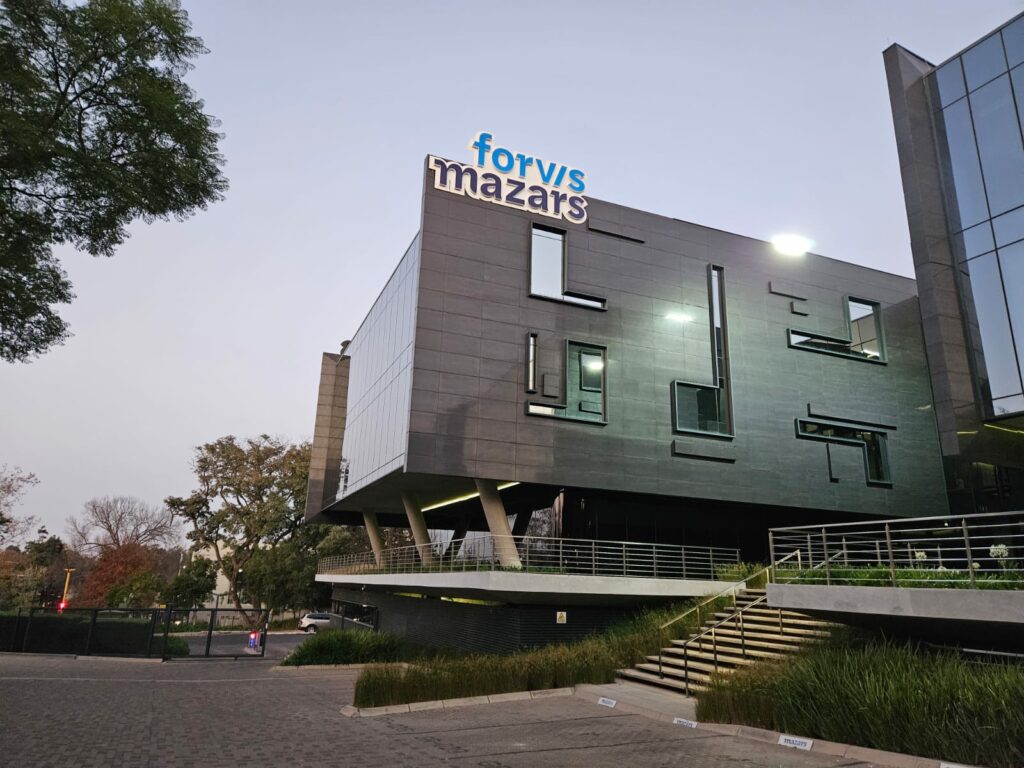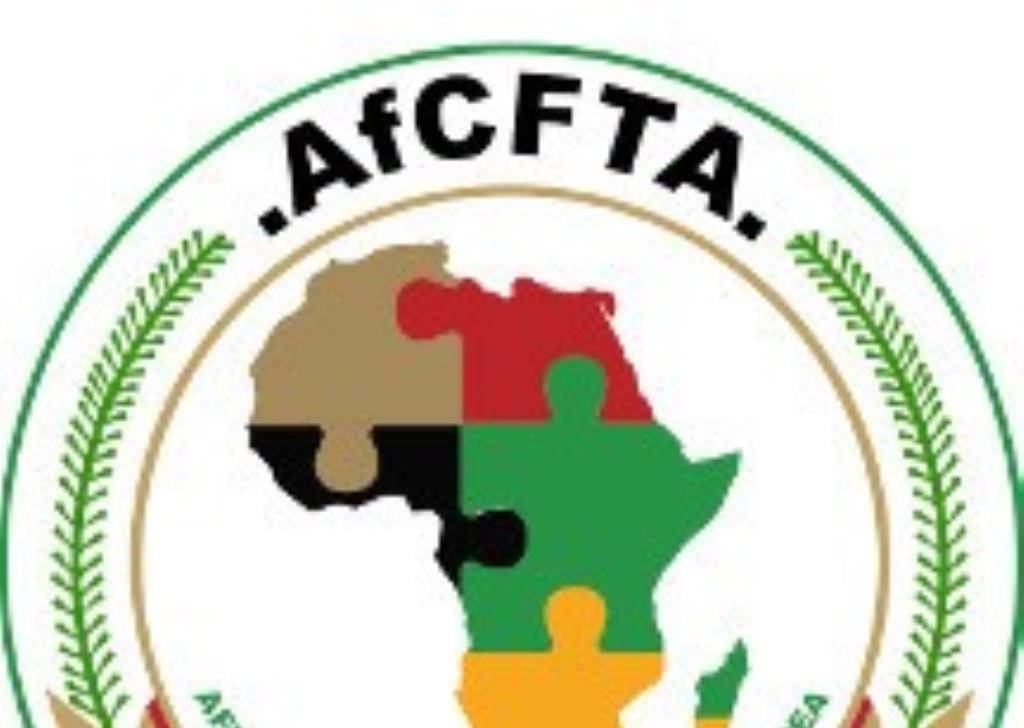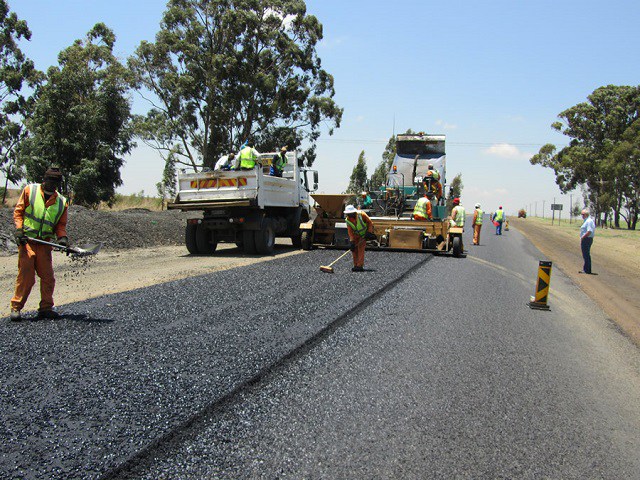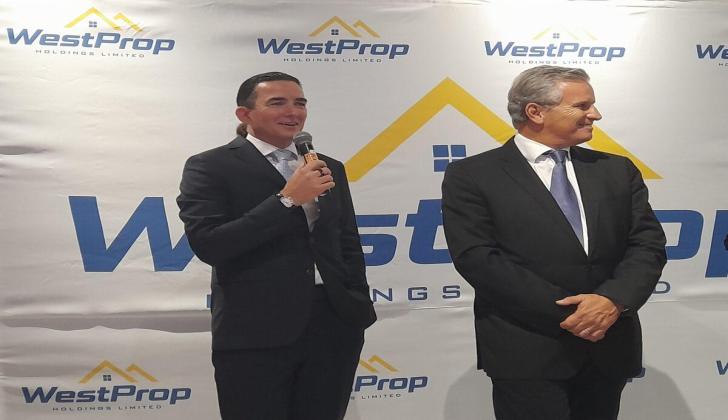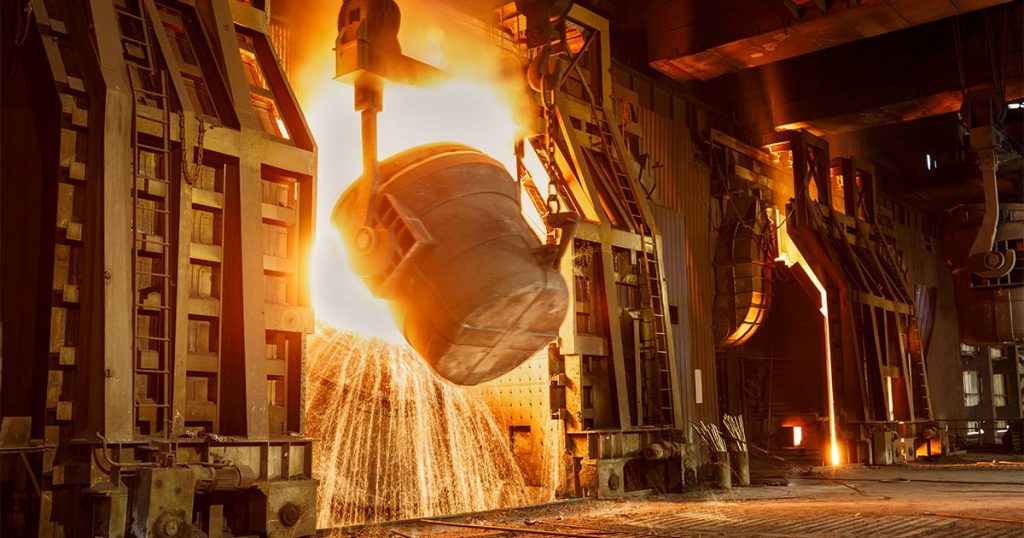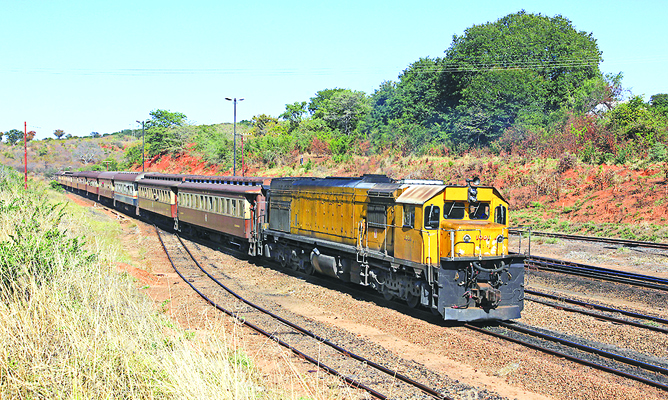Mutapa input into NRZ finance critical
Among the large portfolio that the new Mutapa Investment Fund is holding is the National Railways of Zimbabwe, almost certainly the oldest entity in the portfolio and the biggest, with possibly only Zesa even in the same league.
But unlike Zesa, which did not come with its transmission and distribution company ZETDC and the national grid, NRZ came with both the railways network, all that track, plus the rolling stock, the locomotives and rolling stock, plus the workshops and control facilities. In other words, the lot.
NRZ, when it was converted into a private State-owned company from the former parastatal it had been since bought off the British South Africa Company in the late 1940s, was separated or potentially separated into a company that owned the track and a company that owned the rolling stock, workshops and operations.
This was to open the possibility of other concerns and investors coming in with services, which can have multiple owners and operators, while the track network basically has to have a single owner and especially a single manager.
In some ways the model is a bit like the road network, the roads under a single authority that everyone can use so long as they pay for the licences and toll fees.
But a rail system needs single management, and the single-track system of NRZ needs tight management, since each cell, the space between two sidings, can only have a single train at a time to make sure that there are never collisions and never even a risk of rear-end shunts.
A train cannot ever move between cells without a positive signal, and cannot leave a siding without such a signal, or for that matter enter a siding.
Early railway management in the dawn of the railway age found that positive signals were the only safe way of operating a line and the subsequent development of the telegraph and its rapid adoption was strongly driven by the needs of the railways.
That is still the position today, so a rail network is not just the rail lines but also the accompanying signalling system and the control teams.
The railways built southern Africa, converting it from a scattered agrarian economy to the modern mining and industrial economy.
The odd geology and geography of the sub-continent led to the adoption of the “Cape gauge”, at 3 foot six inches (1,067m) rather than the accepted standard of 4 foot 8,5 inches (1,435m), chosen by George Stephenson as the width of the wheels on the horse drawn wagons in the Stockton coal fields in north England.
The narrower gauge, just under three quarters of the standard gauge, was chosen to cope with the geography of a high altitude plateau and a narrow coastal belt.
It allowed tighter curves, and curves were needed to climb up the escarpments from the coast, while still just allowing roughly the same size wagons and coaches as a standard gauge, although at the cost of much slower speeds.
Compromises have costs and one cost is that there can never be high-speed trains in Southern Africa without relaying the entire track network.
Cecil Rhodes built the original basic network, the two original lines. The first was from Mafeking through Botswana to Bulawayo and extended via the coal deposits at Hwange to Victoria Falls and then along the Zambian watershed to the copper belt.
The second was from Bulawayo to Harare, Mutare and Beira, and that explains why Bulawayo is the NRZ hub and headquarters.
A lot has been added since, including the branch lines to Masvingo and Lions Den and the main lines to Maputo and the two lines to Beitbridge, but the basic network is still the base.
Rhodes built the system with other people’s money and the most creative financing possible, so it is possible to run a debt-ridden rail network although harder with the competition from road transport.
That gives Mutapa a starting point.
This is necessary since NRZ needs a lot of capital investment, into both rolling stock and the rehabilitation of large chunks of the rail and signalling network.
There were discussions about a diaspora-led drive to invest into NRZ, but it came to nothing and it looks at though Mutapa now has to manage the whole process, and has little option but to be a major player in the financial management since lenders are unlikely to be totally happy with NRZ on its own.
At present deals have been worked out with Indian companies, a good choice since India has one of the best rail networks in the world and one without high-speed trains and the like.
The finance deal on the table is the US$115 million loan from the African Export and Import Bank, but Afreximbank wants a high level of certainty that it will get its money back.
NRZ basically has to set up a special purpose vehicle which will accept the revenues from the restored services funded by the loan with loan servicing the number one call on that revenue.
The stage has been reached where a consultant has been called in to do the checking on viability, and presumably this is where Mutapa will have to come in to make sure itself that its recently acquired asset will be viable.
The loan does not buy that much. Around US$$34 million goes on the infrastructure, getting the track and signalling into shape.
The other US$81 million buys nine modern brand-new locomotives and 315 brand-new wagons. That is not a large fleet, but added to the bits and pieces in the fleet is thought to allow a basic service to be restored.
Mozambique has rehabilitated and restored the Beira-Mutare line, so the loan at least puts Zimbabwe back into rail contact with its main port.
The ring-fenced earnings for Afreximbank means that NRZ still has to be efficient enough to fund the rest of its operations with the rest of the money it earns, and that means it needs to be big enough so the fixed costs of staffing and the like can be covered.
That will probably be the biggest challenge. NRZ has been using other sources of income, property rents mainly, to help but it really needs to be a functioning railway company to succeed.
The growth in mining has made the need for a first class railway company more compelling, and the new Manhize steel works adds to that pressure.
Steel exports will be difficult unless there is cheap rail transport, the product being very heavy and not really viable without rail transport. Trucks can be used in emergency but not for regular use on long-distance routes.
Extensions to the network are planned, with Manhize high on the list and there is fact a signed agreement for that line.
The Manhize investor is prepared for a degree of funding, and there are other connections Dinson Iron and Steel Company wants, including coke delivery from its ovens in Hwange to Manhize.
Agricultural growth also needs more rail. The line to Lions Den was a branch line into the heart of the richest farming area of Zimbabwe but almost certainly needs to be extended.
The dream line, from Lions Den to Kafue in Zambia, the short-cut line, has been there ever since rail engineers started studying maps.
Once diesel electric locomotives became available, and so services did not have to go past Hwange, these dreams became slightly more concrete, but only slightly. The plan has been there since the 1950s, 70 plus years ago.
It will not and cannot be easy. The railway has to go down the Zambezi escarpment, across the Zambezi, the easiest bit, and then up the northern escarpment.
We are talking about a very complex route of 180 degree turns as it winds down and up the twin escarpments since steep grades are impossible on a railway.
That is why the Federal Government never took the concept seriously, even under former railway man and rail enthusiast Roy Welensky, although the project was put on the future list. Far more important for the time being is getting the line that is there fixed up and being used to the full.
The Lions Den-Kafue short cut will probably also depend on the state of the Tazara line cross north-east Zambia and Tanzania, also on Southern African Cape gauge rather than the 1m East Africa gauge. The short cut becomes viable when there is a lot of traffic on that line.
NRZ needs to rebuild and that means more than nine locomotives. It probably needs something over 50 and perhaps closer to 100 by the time the existing network is in full use, as that is roughly what it had in steam and diesel electric at its height.-ebsuinesseekly


